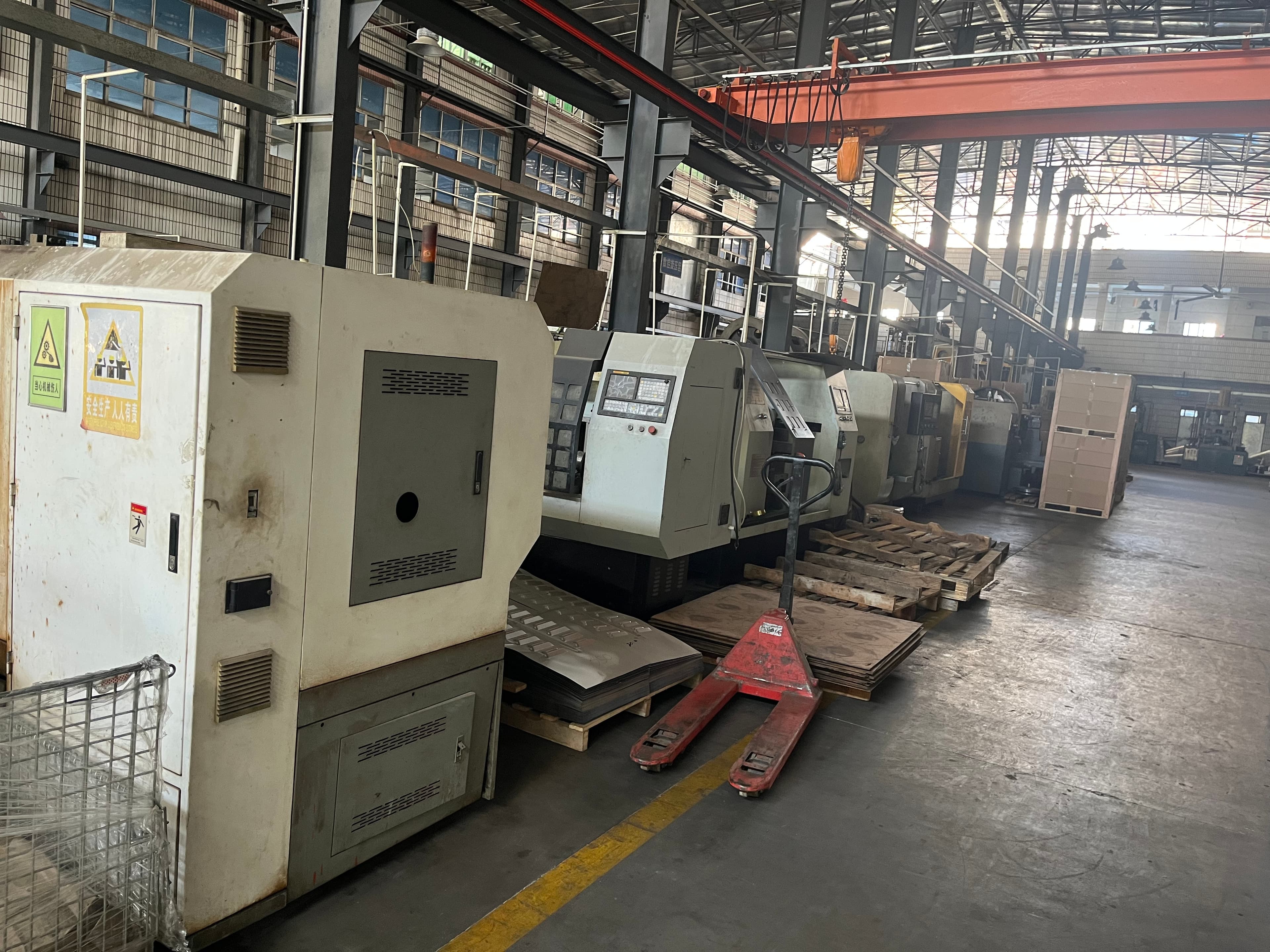
Fundamentals of Metal Spinning
2025-06-02
What is Metal Spinning?
Metal spinning, also known as spin forming, is a manufacturing process that shapes a metal disc or tube by rotating it at high speed and pressing it against a mandrel or mold. This technique is ideal for producing seamless, symmetrical components such as cones, cylinders, and hemispheres, widely used in industries like aerospace, lighting, and cookware.
The Metal Spinning Process
The process begins with a flat metal disc or tube, typically made of aluminum, stainless steel, or copper, mounted on a spinning lathe. A tool, often controlled manually or by CNC, presses the metal against a rotating mandrel to form the desired shape. Key factors for success include material ductility, tool precision, and controlled spinning speed to ensure smooth, defect-free surfaces.
Applications of Metal Spinning
- ✓ Aerospace: Produces lightweight components like nose cones and exhaust ducts.
- ✓ Lighting: Creates reflectors and lamp housings with smooth, polished finishes.
- ✓ Cookware: Manufactures pots, pans, and bowls with seamless designs.
Advantages of Metal Spinning
- ✓ Seamless Construction: Produces smooth, strong components without welds or joints.
- ✓ Cost-Effective Prototyping: Ideal for low to medium volume production with minimal tooling costs.
- ✓ Material Versatility: Works with a variety of metals, including aluminum and stainless steel.